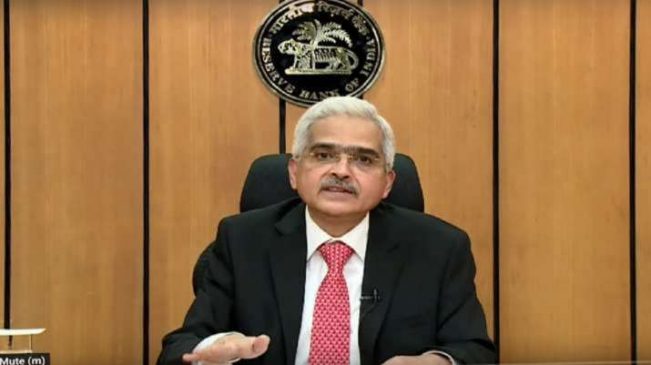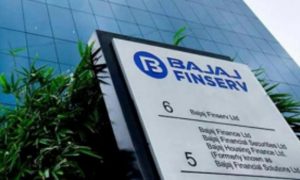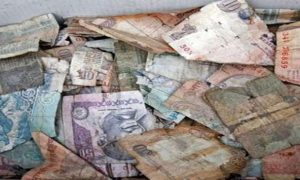RBI Monetary Policy 2022 Live Updates: The Reserve Bank of India (RBI) on September 30 announced a 50 basis points hike in the repo rate stepping up its fight against persistently high inflation. The Monetary Policy Committee (MPC) began its three-day meeting on September 28.
The 50 bps increase in the repo rate this week is the fourth consecutive one since May. That would take the repo rate, at which the RBI lends short-term funds to banks, to 5.90 per cent – the highest level since April 2019 – from 5.40 per cent currently.
Read More: RBI Monetary Policy 30 September 2022: Will loan rates get more expensive? Big decision coming today
Announcing the policy decision, RBI Governor Shaktikanta Das highlighted the worry of the rate-setting panel on inflation and said the central bank is watching the price situation closely.
In a report, Morgan Stanley has also said the MPC is likely to increase the repo rate by 50bps, to 5.9 per cent, with an unchanged stance. On inflation, Morgan Stanley said it has been range-bound around the 6-7 per cent mark since January 2022 (barring April 2022). “We expect inflation to remain sticky around 7.1-7.4 per cent in September as well, driven by increases in food prices as per high-frequency food price trend. Thereafter, we expect the trend to moderate but remain above 6 per cent until Jan/Feb-23,” Morgan Stanley’s report noted. According to the report, the inflation outlook is on the upside due to uncertainty around the food inflation trajectory (sowing for rice, and pulses is lower YoY), changes in global commodity prices, and the possibility of imported inflation if the exchange rate weakens amid dollar strength.
Read More: Demat account holders alert: Enable two-factor authentication as deadline ends today
According to Emkay Global, the RBI is set to deliver another front-loaded 50bps hike this week. While there are merits in favour of a 35bps hike (nascent credit cycle, limited fiscal impulse, and better transmission amid tighter liquidity to name a few), the net cost of soft signaling could turn out to be higher than that of an outright front-loaded 50bps hike at this point, Emkay Global said. Liquidity tightness would lead to faster and better transmission, implying that the RBI may not get too restrictive and the terminal rate could hover near the estimated real rates, i.e., not more than 100bps hikes ahead. However, the situation globally is still fluid, and macro assessments might require frequent adjustments ahead from a policy perspective, Emkay Global added.





































